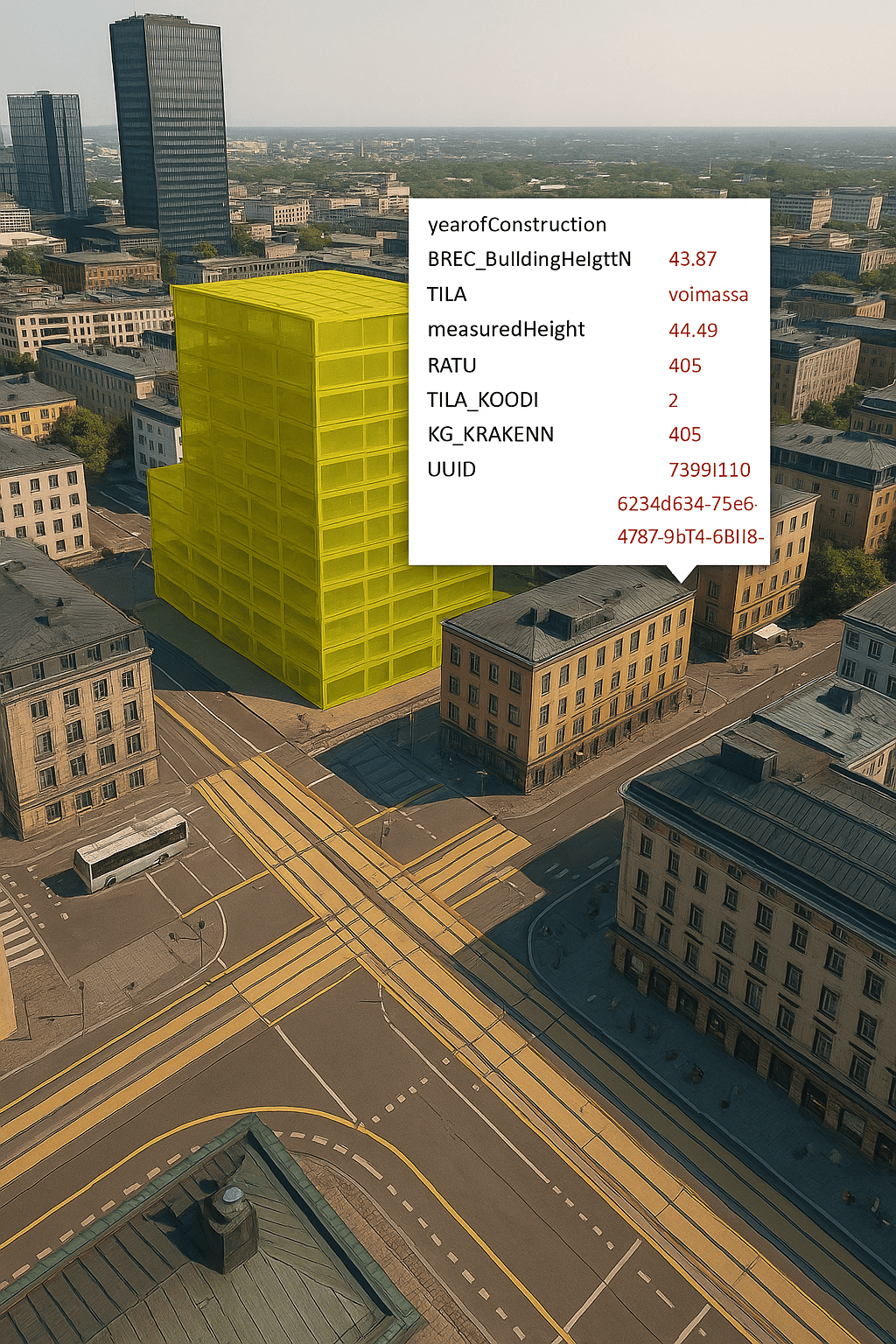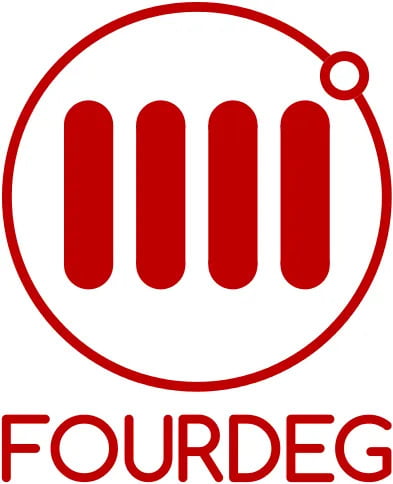
3D Digital Modeling of District Heating (Digital Twin)
Fourdeg’s 3D Digital Twin models provide a real-time, virtual replica of district heating networks — helping operators monitor, simulate, and optimize energy flows at both building and network levels.

Key Components for Smart District Heating
Core Capabilities for Efficient District Heating Management
Distributed Thermal Storage
🧠 Unlock hidden storage potential in every building.
Fourdeg turns buildings into virtual thermal batteries, using their structure to store heat and reduce peak load demands.
Our AI-based system manages distributed heat storage capacity across the network — no tanks required.
Forecast-Driven Control
📈 From reactive to predictive.
Fourdeg’s AI forecasts heating demand using weather data and usage patterns.
This enables better balance across decentralized heat sources — especially important in networks shifting from fossil fuels to renewables.
Production Cost Optimization
💰 Lower costs. Higher flexibility.
By combining real-time control with Demand Side Response (DSR), Fourdeg reduces peak energy costs, enhances network flexibility, and supports climate targets.
Buildings actively help balance the grid, improving economics and sustainability.
Demand-Side Management
Fourdeg Smart Energy® transforms buildings into distributed thermal storage systems — controllable in near real-time through AI-driven cloud services that factor in local weather forecasts.
This highly flexible setup:
Stores heat in building structures
Reduces peak loads and costly fossil backup activation
Allows utilities to optimize production timing and sources, improving efficiency and reducing emissions
DSM with Fourdeg helps district heating networks become smarter, more stable, and more sustainable.


Enabling New Sales,
Services & Business Models
Fourdeg Smart Energy® helps energy companies move beyond commodity heat supply by enabling customer-centric, data-driven services. With DSM and individual room-level control, companies can:
Offer stable indoor temperature as a service, not just megawatts
Expand beyond traditional territory with cloud-managed solutions
Build new revenue streams and influence end-user behavior through incentivized demand elasticity
The shift to smart energy opens the door to engaging digital services, customer partnerships, and scalable new value models.
Benefits of Fourdeg Smart Energy®
Built to Deliver Results — For People, Operations, and the Planet
🏭 Reduced Emissions
Heating accounts for 2/3 of residential energy use
15% energy savings = equivalent to removing 590,000 cars from the road
Supports emission reduction targets and sustainability goals
📉 Demand-Side Management
Optimizes district heating balance using building heat storage
Reduces peak loads and fossil backup usage
Multiple times more efficient at room-level than centralized controls (Aalto University)
🤖 AI-Driven & Adaptive
Patented self-learning algorithms
Predicts needs based on room behavior and weather forecasts
Adapts to occupancy and building changes in real time
🧩 Benefits Across the Value Chain
Residents: consistent, user-controlled indoor climate
Property managers: remote monitoring, fewer on-site visits
Energy companies: stable demand, peak shaving
Maintenance firms: early alerts, fewer emergency repairs
🔐 Reliable & Secure
Encrypted, cloud-based system with mobile-payment-grade security
End-to-end (E2E) encryption & verification
Thermostat safety features ensure reliability
🛠️ Preventive Maintenance
Real-time remote access and fault detection
Automated alarms for preventive repair
Reports support energy audits and renovation planning

